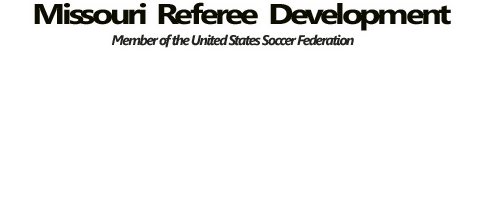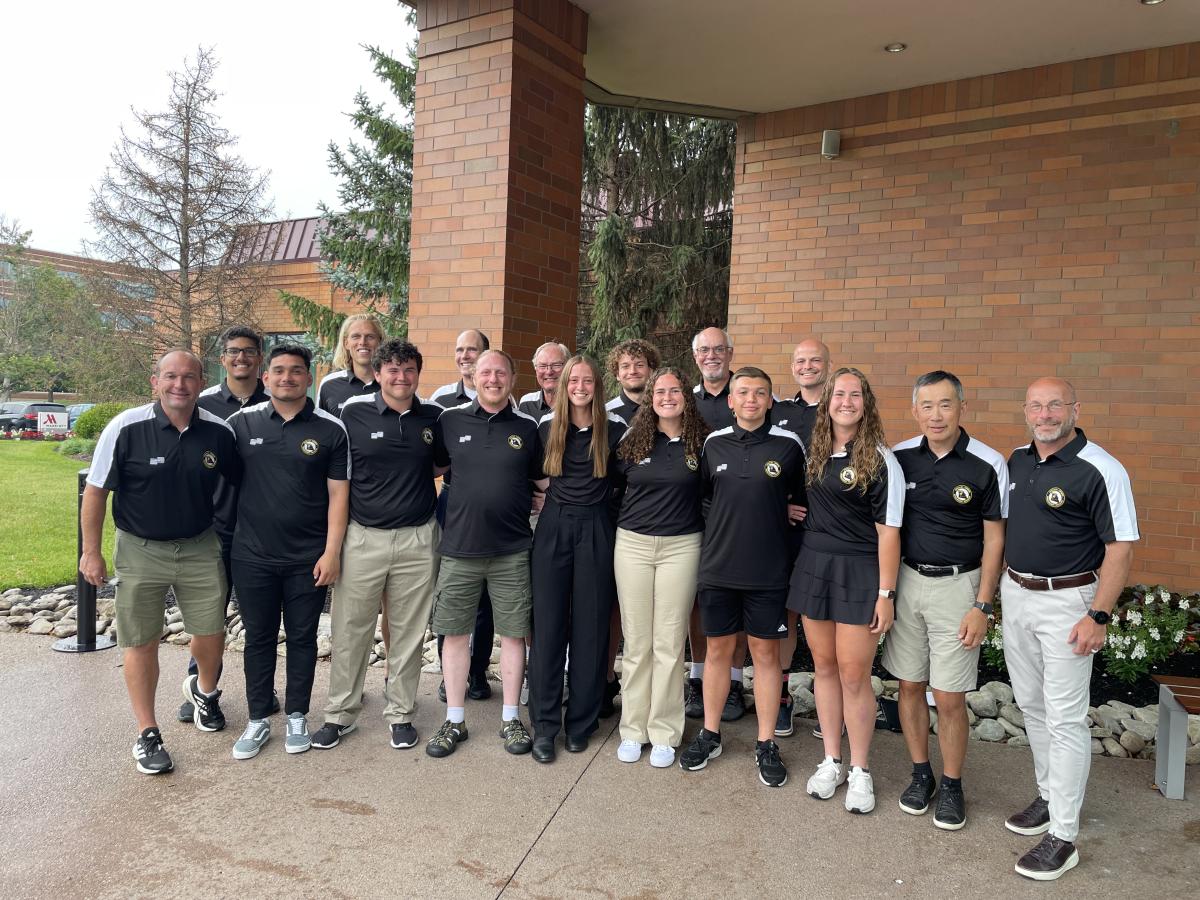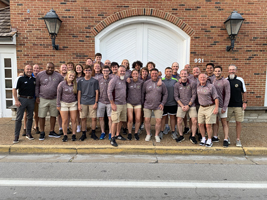Referees, Assignors and Instructors,
In a press release 9-16-16 from US Youth Soccer, the following new information includes more info about new player age categories and players not heading the ball;
|
FRISCO, Texas (Sept. 16, 2016) — The 2016-17 youth soccer season will be a transitional year as leagues, clubs and teams begin to implement the U.S. Soccer mandates. US Youth Soccer would like to outline the relabeling of age group terminology and offer recommendations for implementing the heading restrictions. US Youth Soccer is in the process of relabeling age groups — moving the word “under” to the opposite side of the numeral to reflect the new player registration by birth year. For example, the Under-10 age group becomes 10-and-Under to clarify that players in the age group can be 10 years old and younger. With this change, the shorthand for labeling age groups will change from U-10 to 10-U. For those clubs or leagues adopting player registration by year of birth for the 2016-17 soccer year, here is a chart that shows the birth year for that season. Please note that when determining the age group for a season, the year the competition ends should be used. For example, a player born in 2007 would be in the 10-and-Under age group for the 2016-17 soccer year (2017 – 2007 = 10.) |
|
The 11-U play group, formerly referred to as U-11, is the group most affected by players age 10 and younger because players turn 11 years old over the range of a year. Therefore, deliberate heading is not allowed in 11-U games. If a 10-year-old or younger player is playing in an age group older than 11-U (ex: 10-year-old playing with a 12-U team), then that 10-year-old or younger player may not head the ball regardless of the age group in which the he or she participates. Special note: the overriding principle is that a player age 10 or younger may not head the ball no matter which age group the player plays. This requires education and support from the coach and parent to instruct the player accordingly. US Youth Soccer suggests that any league that combines 11-U and 12-U for competition should strongly consider not allowing heading in any game in that combined group’s play. |
Based on this new information, the following clarification was added to the Missouri online Concussion module, as well as the small sided games modules in the form of one new slide for each.
As you can read, the recommendation for affiliated youth leagues that allow players at 11-U and below to play up, is when it is combined as 12-U, to not allow heading in that division because of the younger players playing in it. If that recommended logic is followed, that final league level decision should be documented in their published rules of competition.
Should a younger player, who should not be heading the ball, be playing up into an older category where heading is allowed, according to US Soccer the responsibility then for that younger player not to head the ball during the game falls to the coach or parents of the player, not the referee.
Referees should enforce any "no-heading" policy based simply based on what age category the game they are assigned to officiate falls within, according to the locally published rules of competition. For instance, as it stands now if the game is assigned as a 12-U age game, and one or more 10-U players are playing on one of the teams, if a 10-U player intentionally heads the ball during play, unless that player appears to be injured, the game officials should allow play to continue.
Unless any published rules of competition state rules to the contrary, or if USSF makes any statement that this to be modified, MYSA's recommendation is still 11-U age groups and below not be allowed to intentionally head the ball."





